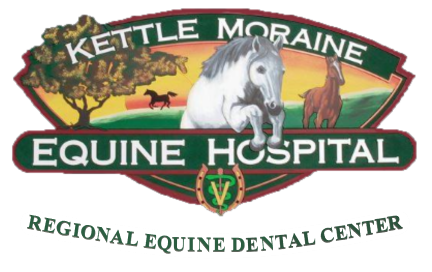Upper Airway Endoscopy
Endoscopy
Upper airway endoscopy is used to visualize the structures of the upper respiratory tract. This is a great diagnostic tool for horses with exercise intolerance, a cough, or that are displaying other abnormal respiratory sounds or effort. The upper airway exam of the horse includes the nasal passages, the arytenoids, the larynx and pharynx, the guttural pouches and can include part of the trachea. It does not include a view of the bronchi or other lung structures that are part of the lower airway/respiratory tract. Endoscopy allows for evaluation of which structures are affected, how significantly they are affected and guided sample collection. It aids in diagnosis of upper airway infections, partial or complete arytenoid paralysis or hemiplegia (where the cartilage(s) at the opening of the trachea do not open correctly), equine asthma (when paired with bronchoalveolar lavage), and other respiratory diseases and syndromes.
Bronchoalveolar Lavage (BAL)
Bronchoalveolar lavage is a procedure where sterile saline fluid is administered into the lungs and aspirated back out to collect samples of the cells and debris inside the lung fields. It is the gold standard in diagnosis of equine asthma (previously called Heaves, Chronic Obstructive Pulmonary Disease (COPD), and Recurrent Airway Obstruction). It is also the ideal way to collect samples when evaluating for possible infections within the lung fields.


